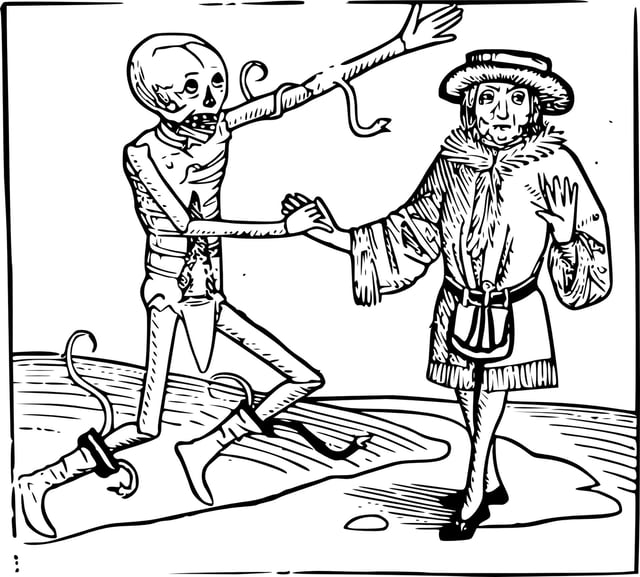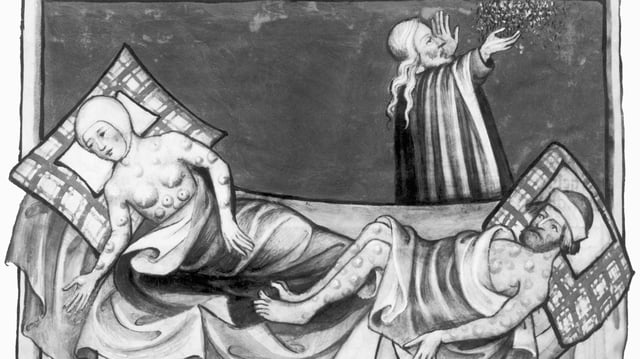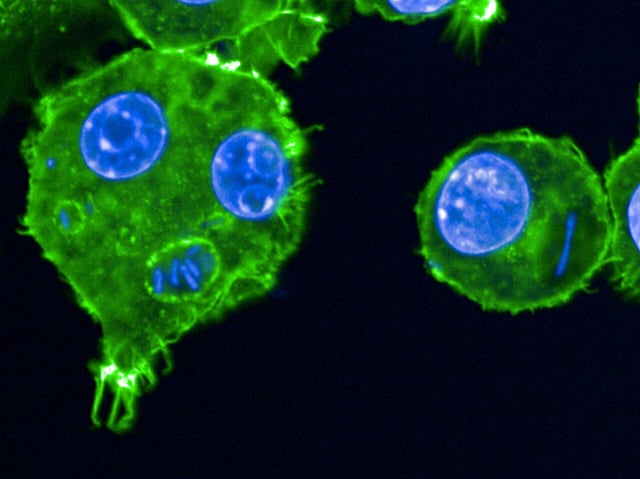Overview
- Yersinia pestis independently shed pla gene copies about a century into the Justinian, Black Death and third pandemics, signaling repeated virulence attenuation events
- Loss of pla copies correlated with a roughly 20% decline in host mortality and extended infection durations, enhancing the bacterium’s transmission window
- Laboratory infections in mice and rats confirmed that low-pla strains kill more slowly but maintain capacity for spread via typical plague routes
- Researchers leveraged ancient DNA from past pandemic victims alongside modern Y. pestis isolates housed at McMaster University’s Ancient DNA Centre and the Institut Pasteur
- While many contemporary outbreaks still involve highly virulent strains, these findings offer a model for predicting pathogen evolution and guiding future pandemic preparedness



